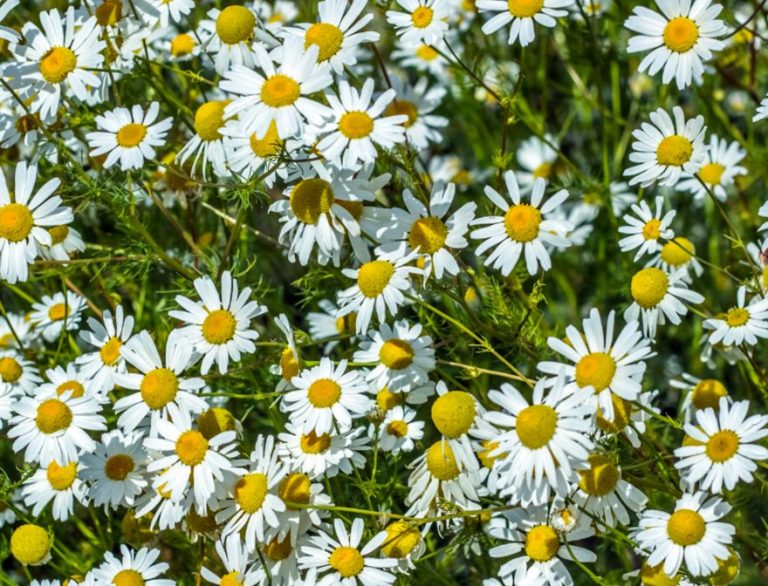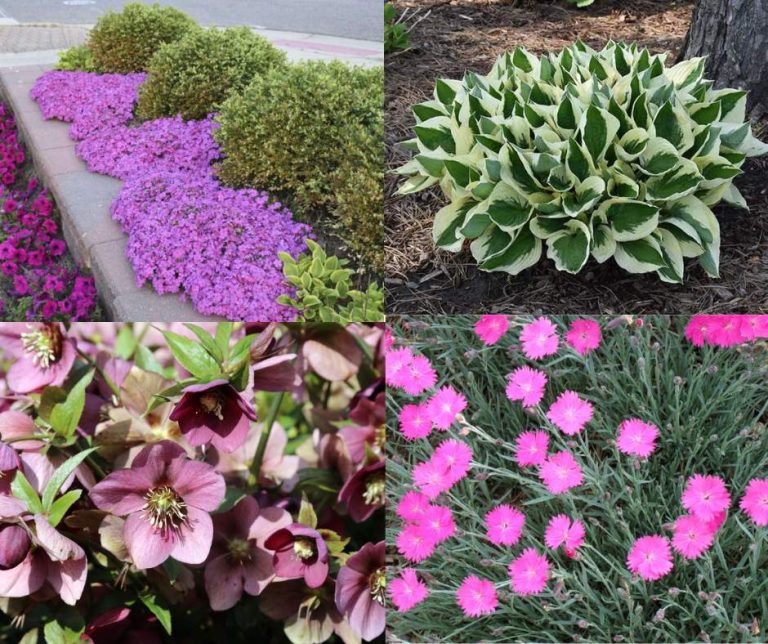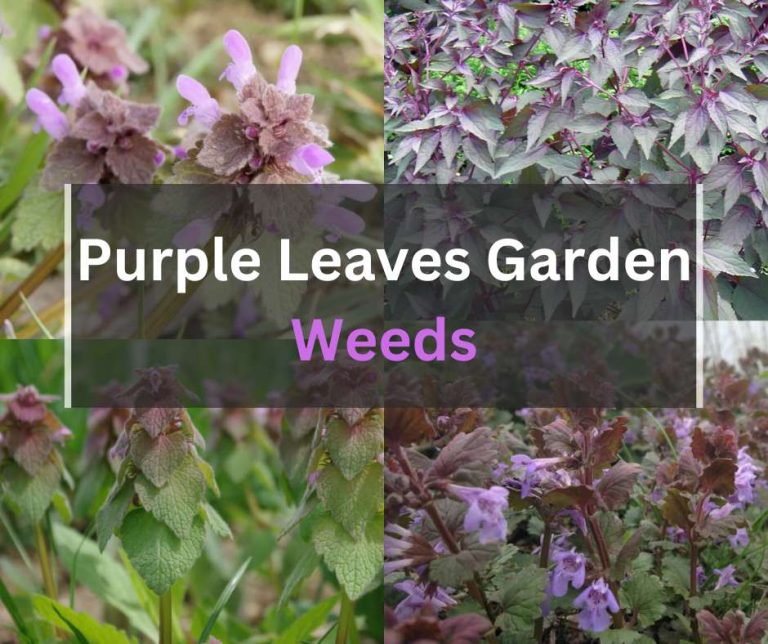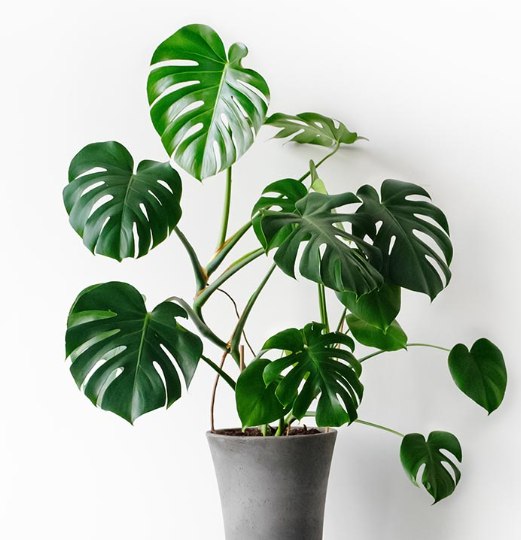Top 7 Indoor Palms Safe for Cats That Are Non-Toxic
Are you searching for indoor palms that are safe for cats? Being a cat owner and also a plant lover at the same time, it is not so easy to keep balance. Cause some indoor plants are highly toxic to cats by eating and even cause death. But you don’t have to worry about it. We are ready to help you out with your concerns.
For you its a very worry-free news that most palms are not toxic to cats. Some species like cycas, dracaenas, yuccas, and Zamia are poisonous to the cats. So, choosing a safe place is essential for a safe environment for the pets.
In this article, we will give you the list of most safest interior placing plam trees and discuss their efficacy that help better understand your needs. So, stay with us through the writing and you will find your search with more accuracy. Let’s have a look then.
Most common palm trees are safe for pets, especially cats. Some popular non-toxic palms are mentioned below: –
Parlor Palm
This tall, graceful palm, scientifically known as Chamaedorea elegans, is little maintenance. In a pot, it can reach a height of 6 feet, making it a suitable choice for a room with lots of space. Indirect light and moist soil are preferred by parlor palms.
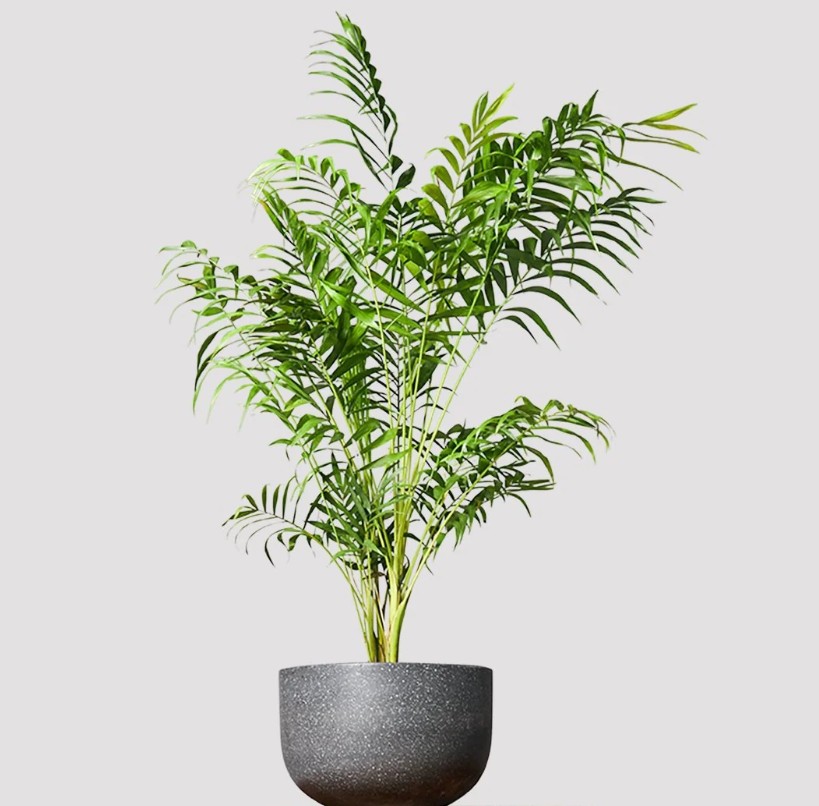
Parlor Palm Overview
- Native Range: Mexico
- Height: 2-6 feet indoors, approximately 10 feet outdoors
- Light Requirements: Indirect bright sunlight
- Watering needs: Water when the top inch of soil is dry
- Soil type: Well-draining potting mix
- Fertilizer: Feed once a month during the growing season with a balanced fertilizer
- Pests and diseases: Mealybugs, spider mites, scale
Areca Palm
Scientifically known as Dypsis lutescens, is another popular palm tree that is safe for cats. Areca palms are an excellent option for enhancing the air quality in your home because they are well renowned for their air-purifying abilities. Areca palms prefer moist soil and bright, indirect sunlight.
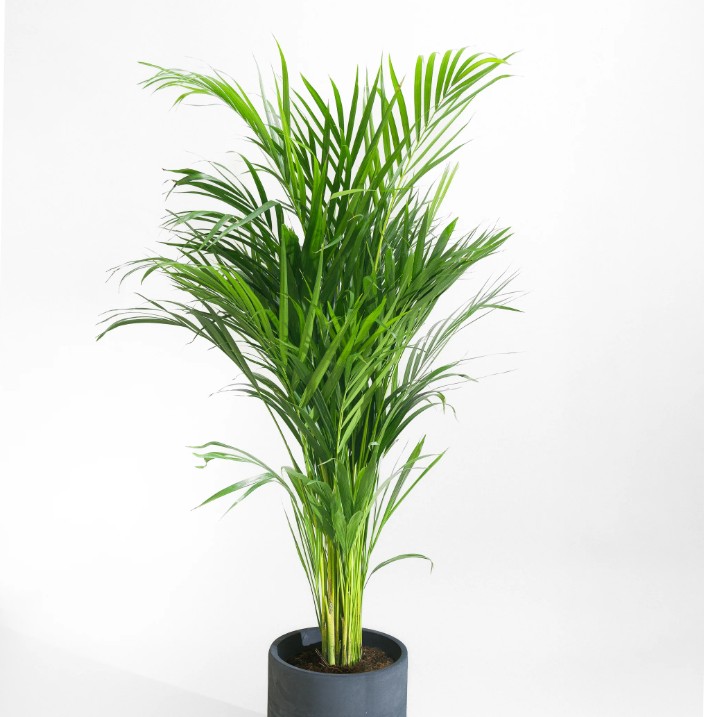
Areca Palm Overview
- Native range: Madagascar
- Height: 6-10 feet indoors, up to 30 feet outdoors
- Light requirements: Partial sunlight indoor
- Watering needs: Water when the top 2 inches of soil are dry
- Soil type: Well-draining potting mix
- Fertilizer: Feed once a month during the growing season with a balanced fertilizer
- Pests and diseases: Mealybugs, spider mites, scale
Ponytail Palm
Scientifically known as Beaucarnea recurvata, palm tree is actually a succulent, but it has a palm-like appearance. Ponytail palms can withstand low light levels and are relatively simple to maintain. They are an excellent option for a room with little natural light or compact space.
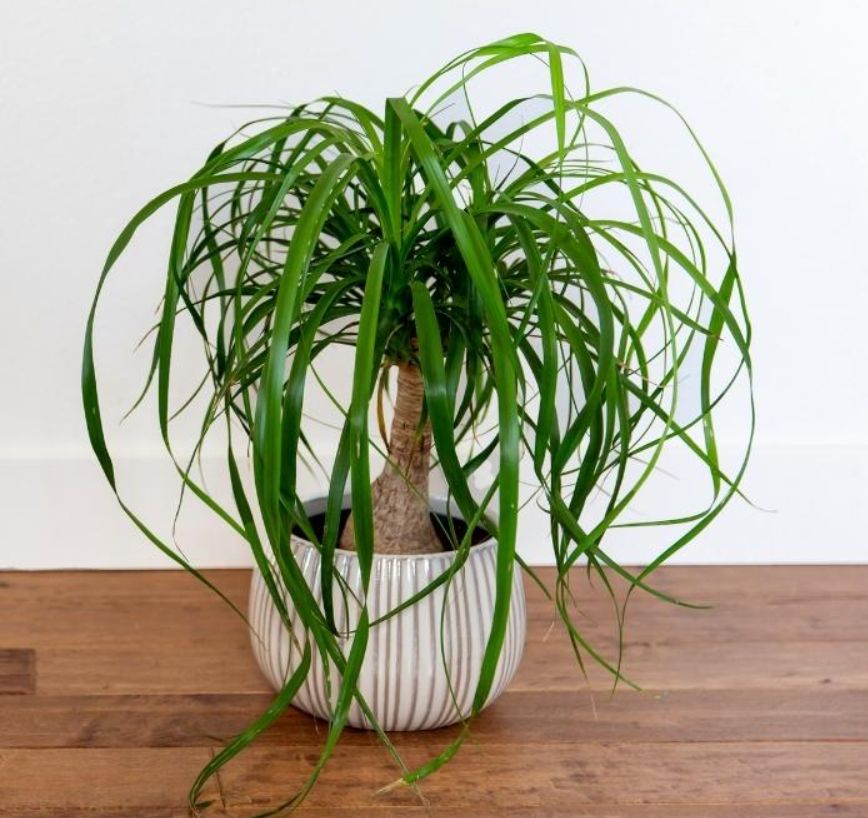
Ponytail Palm Overview
- Native range: Mexico
- Height: 3-6 feet indoors, up to 30 feet outdoors
- Light requirements: Bright, indirect sunlight
- Watering needs: Water when the soil is dry to the touch
- Soil type: Well-draining potting mix
- Fertilizer: Feed once a month during the growing season with a balanced fertilizer
- Pests and diseases: Mealybugs, scale, root rot
Majesty Palm
Scientifically known as Ravenea rivularis, is a large palm tree that can grow up to 10 feet tall in a pot. Majesty palms prefer bright, indirect sunlight and moist soil. They’re a good choice for a large room or a sunroom.
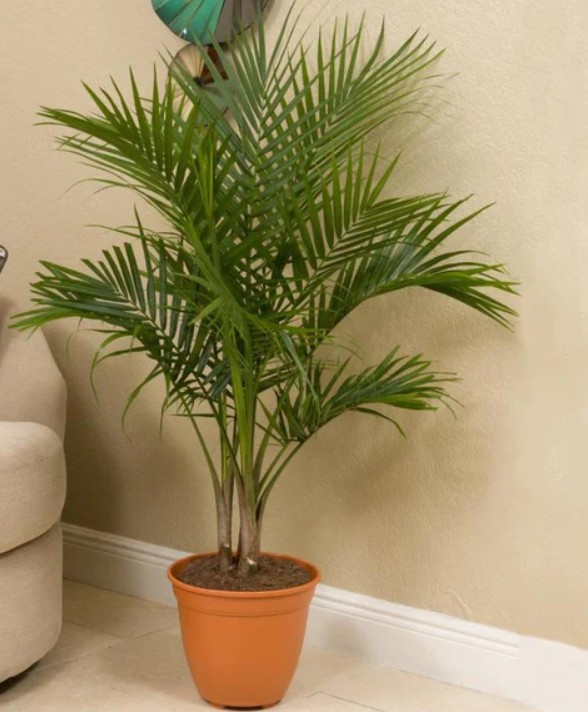
Majesty Palm Overview
- Native range: Madagascar
- Height: 10-20 feet indoors, up to 60 feet outdoors
- Watering needs: Water when the top 2 inches of soil are dry
- Soil type: Well-draining potting mix
- Fertilizer: Feed once a month during the growing season with a balanced fertilizer
- Pests and diseases: Mealybugs, scale, spider mites, root rot
- Light requirements: Bright, indirect sunlight
Cat Palm
Scientifically known as Chrysalidocarpus lutescens, is also known as the golden cane palm. It’s a relatively small palm tree that can grow up to 3 feet tall in a pot. Cat palms prefer bright, indirect sunlight and moist soil.
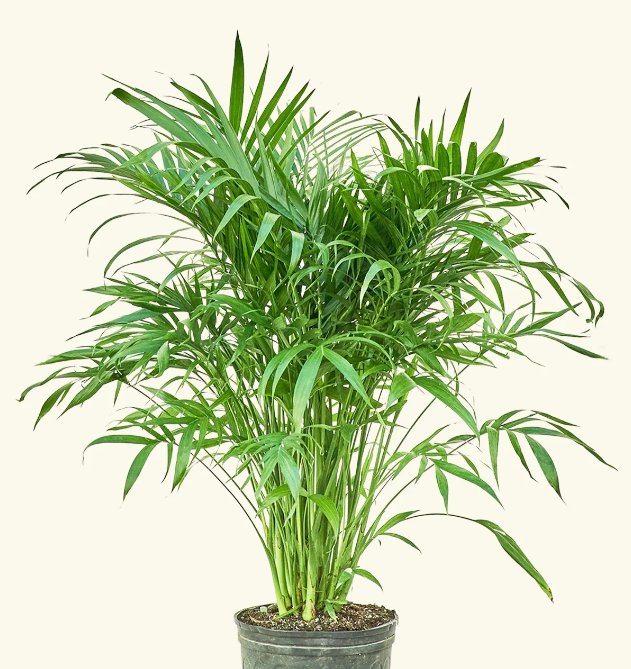
Cat Palm Overview
- Native range: Mexico and Central America
- Height: 3-6 feet indoors, up to 15 feet outdoors
- Light requirements: Bright, indirect sunlight
- Watering needs: Water when the top inch of soil is dry
- Soil type: Well-draining potting mix
- Fertilizer: Feed once a month during the growing season with a balanced fertilizer
- Pests and diseases: Mealybugs, scale, spider mites, root rot
Lady Palm
Scientifically known as Rhapis excelsa, is a small, clumping palm tree that is native to China. It has fan-shaped leaves and can grow up to 4 feet tall indoors.
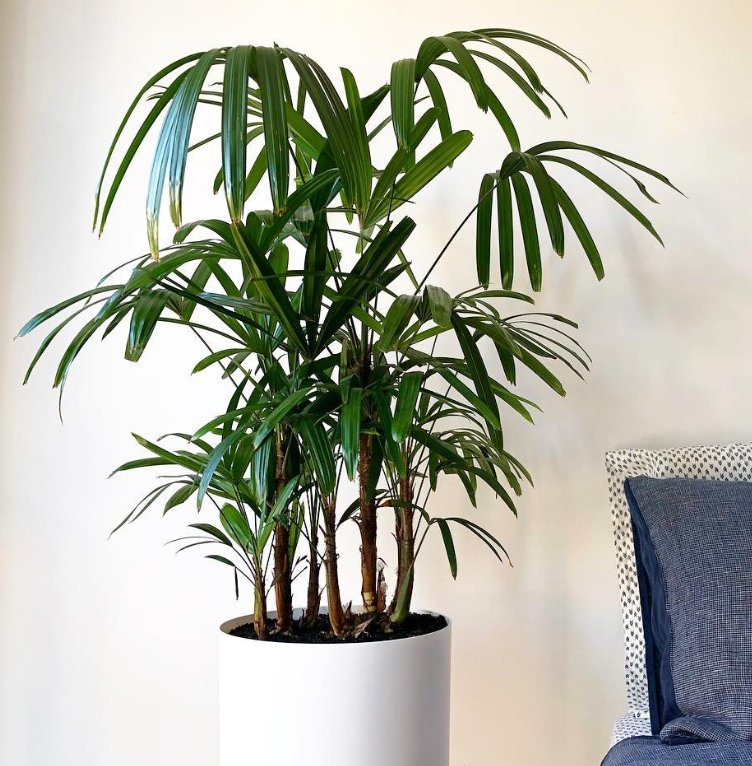
Lady Palm Overview
- Native range: China
- Height: 3-4 feet indoors, up to 10 feet outdoors
- Light requirements: Bright, indirect sunlight
- Watering needs: Water when the top inch of soil is dry
- Soil type: Well-draining potting mix
- Fertilizer: Feed once a month during the growing season with a balanced fertilizer
- Pests and diseases: Mealybugs, scale, spider mites, root rot
Banana Palm
Large, tropical palm trees can reach heights of 30 feet indoors and are scientifically referred to as Musa. It requires lots of sunlight and water and develops long, banana-shaped leaves. Due to its ease of maintenance and ability to offer a sense of tropical elegance to any home, banana palms are a popular choice for indoor plants.

Banana Palm Overview
- Native range: Southeast Asia and Australia
- Height: 20-30 feet indoors, up to 100 feet outdoors
- Light requirements: Bright, indirect sunlight
- Watering needs: Water regularly, keeping the soil moist
- Soil type: Well-draining potting mix
- Fertilizer: Feed once a month during the growing season with a balanced fertilizer
- Pests and diseases: Mealybugs, scale, spider mites, root rot
In addition to being quite gorgeous, these palm trees are completely safe for cats. So if you are looking for which palm trees to keep in your house, these options are the best to consider.
Apart from buying these palm trees, there are few precautions that can be maintained to keep both the cat and the plants safe.
Keep the palm tree out of reach of the cat. It is better to keep them on a high shelf or furniture.
For your cat to stay away from the palm, use a plant barrier. In most garden supply stores, you may purchase a plant barrier.

I am the founder of FinalGardening. With over five years of hands-on experience in gardening. I have dedicated myself to sharing my expertise and insights with fellow gardening enthusiasts. I aim to empower you with the information and necessary resources to achieve gardening success.

